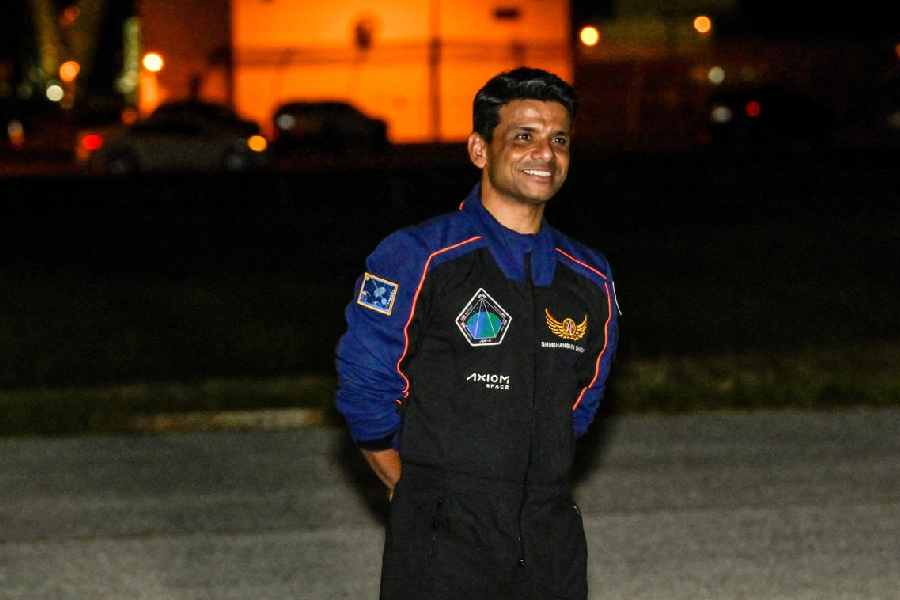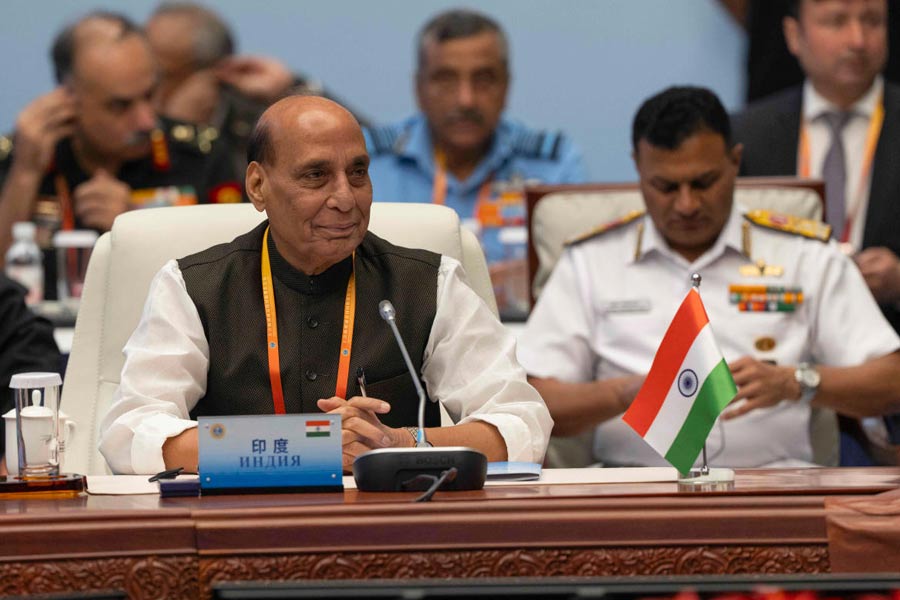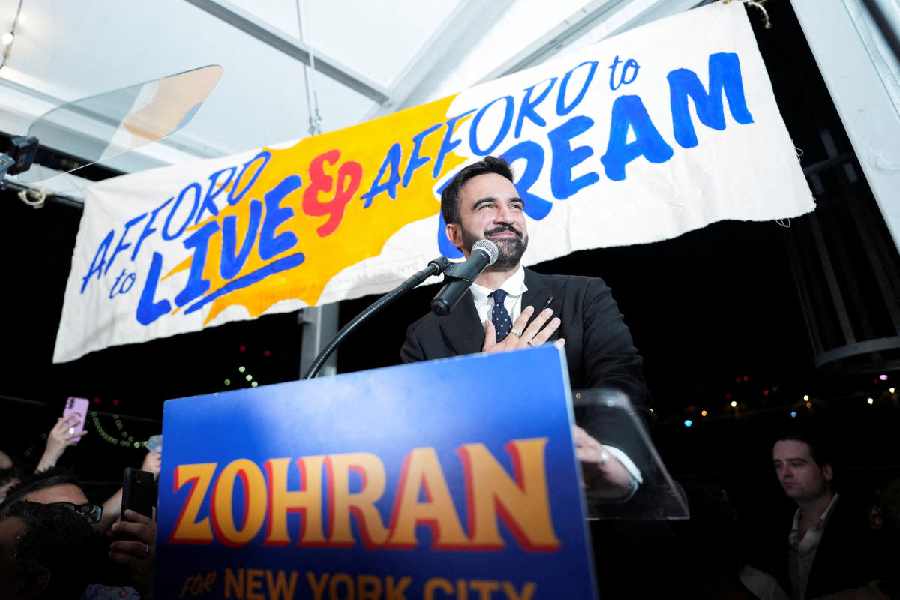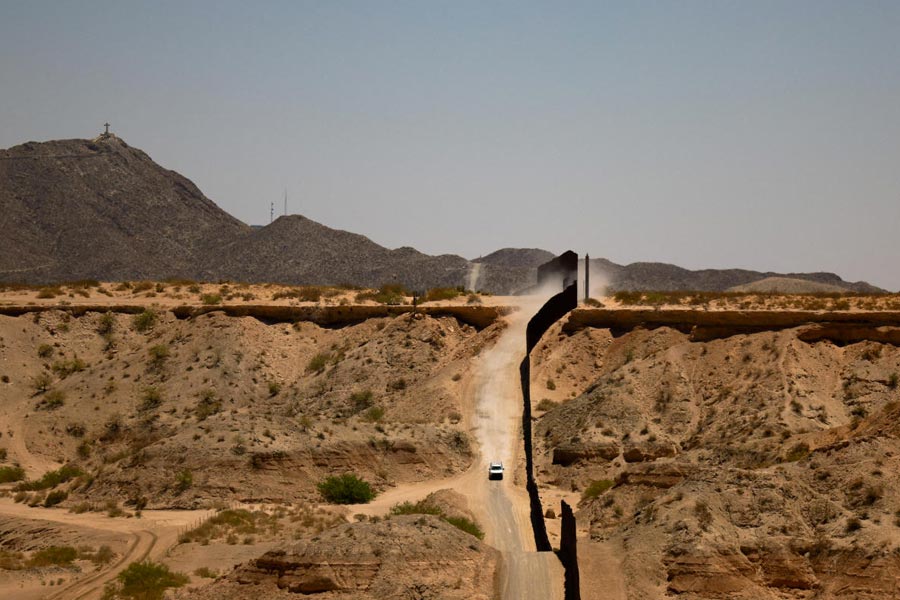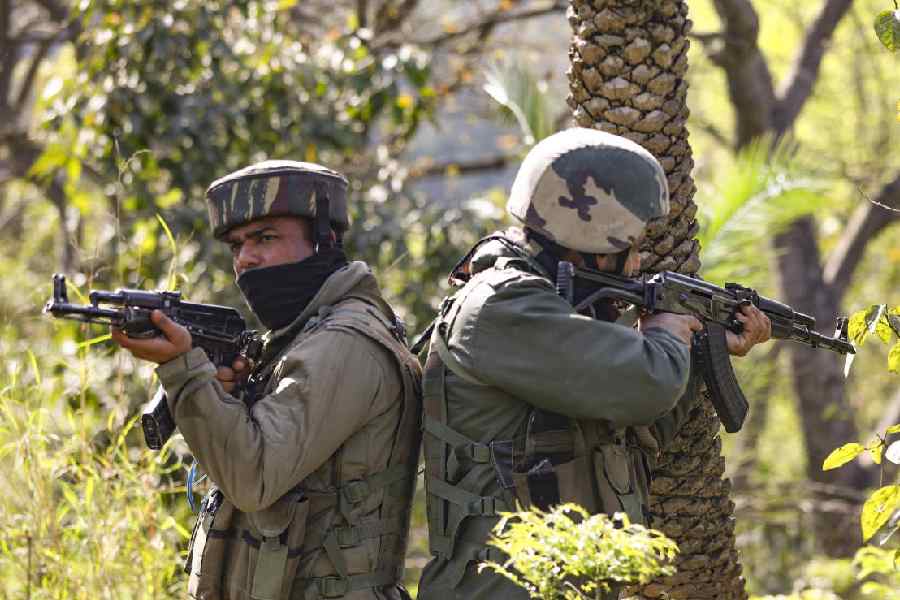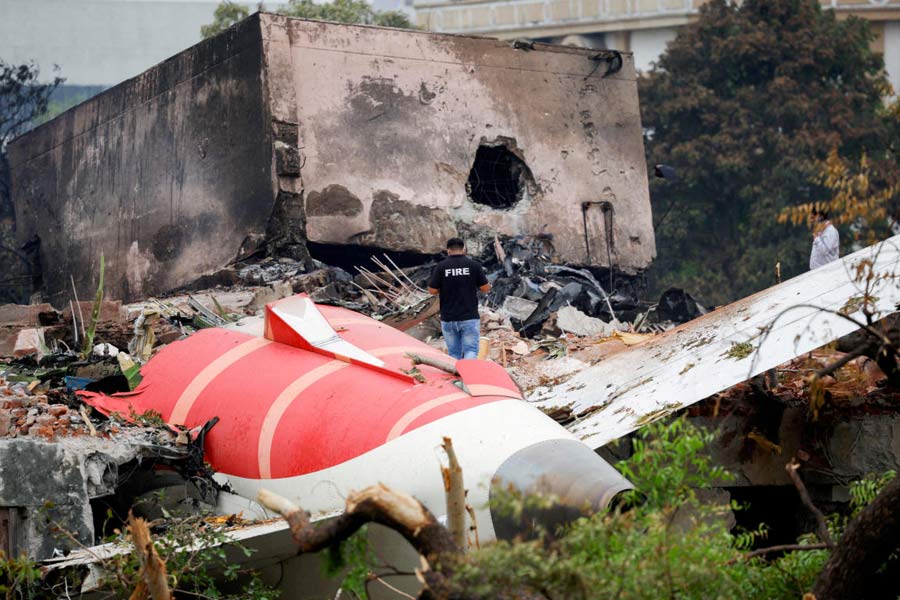
Winters herald traditional fairs (melas) that villagers flock to. The month-long Sonepur mela - Asia's largest cattle fair - in Bihar is one such event.
Over the years the fair has proved to be one of the most-lucrative opportunities for rural marketers.
From two-wheeler companies, fast-moving consumer goods to garment makers, everyone finds customers here who are on a mela outing with family and friends.
Preparations for the annual Sonepur fair that starts on November 12 have begun.
Since 2013, the fair is being organised under the joint aegis of tourism and art, culture and youth affairs departments and the Saran administration.
Saran district magistrate Deepak Anand recently held a meeting with the senior district officials and asked them to make the fair a success.
Several initiatives taken by the district administration and the tourism department are underway. Around 140 toilets are being constructed at the mela ground, along with changing rooms for men and women at the ghats, said Anand.
The fair begins with a Ganga snan (bath) on Karthik Purnima at Konhara ghat, on the confluence of rivers Gandak and Ganga. Millions of people, including sadhus of different mutts (monasteries) from across Bihar, Uttar Pradesh and Jharkhand, take a bath at the ghat.
In recent years, there has been, however, a decline in the number of cattle being sold at the fair because of restrictions on bringing cattle from other states under the Wildlife Protection Act and the Prevention of Cruelty to Animals Act, 1960.
The fair lost its sheen with then Union environment minister Prakash Javadekar banning the trade of elephants during the Sonepur fair in 2015 citing illegal sale of elephants taking place on a mass scale at the fair. The Centre had passed the order in the wake of complaint registered by Union women and child minister Maneka Gandhi. Trade of elephant was the chief attraction of the fair.
Cow traders have also been hit hard in the past few years, albeit for different reasons. "Our business as sellers of cows has badly suffered in recent years, thanks to the politics over beef and cow slaughter," said Naresh Yadav, a cow trader from Patna. He added in 2014, nearly 2,000 cows were brought to this fair, but the number has come down to 100 last year. Five years ago, not less than 25,000 cows were brought here and more than half were sold, Yadav added. Unperturbed by the decline in cattle trade, the fair still hold its charm. Their varied voices bring out the relevance of the mela to cross-section of people, and establish its significance in the minds of the visitors.
"If you have the money, you can buy everything you need here, from a needle to a sword," said Manoj Kumar Singh, who is attending the fair for the past 15 years. This year, he has decided to take his wife and son also to the fair.
To woo visitors, interesting events such as Maha Aarti of Ganga and Gandak rivers, rural sports, adventure sports, parasailing, boating have been added to the fair in the interest of domestic and foreign visitors, said a tourism department official. He added: "The state is trying to upgrade the fair in the form of an art and crafts event with focus on encouraging local artistes."
Bihar tourism minister Anita Devi, meanwhile, confirmed that a tender issued in context of Sonepur fair was cancelled due to some irregularities detected in it. Without elaborating further, she said: "I am looking into the matter."


